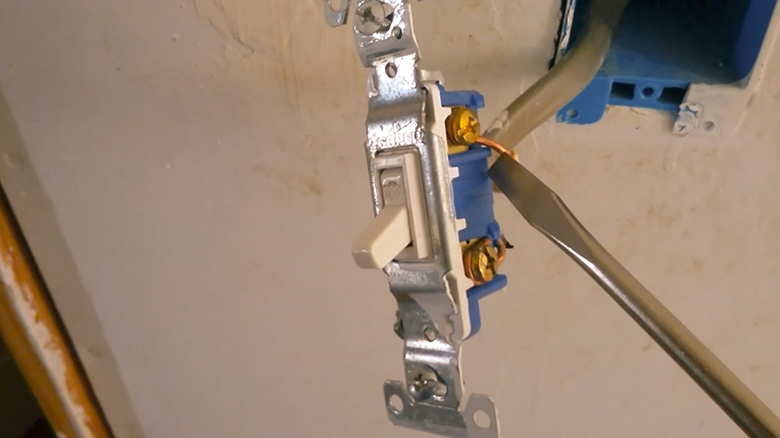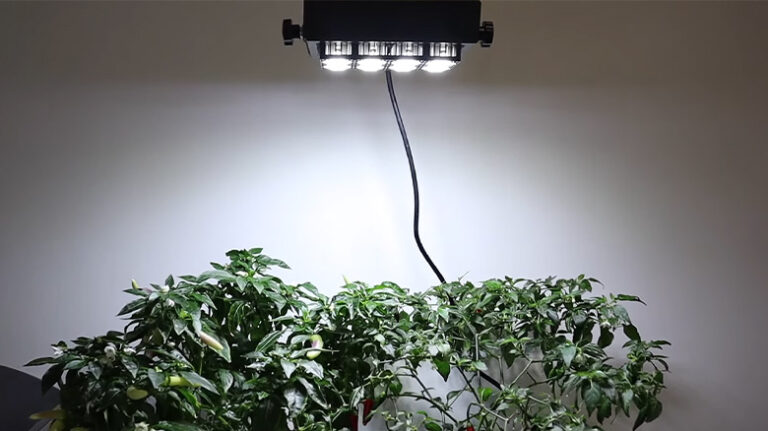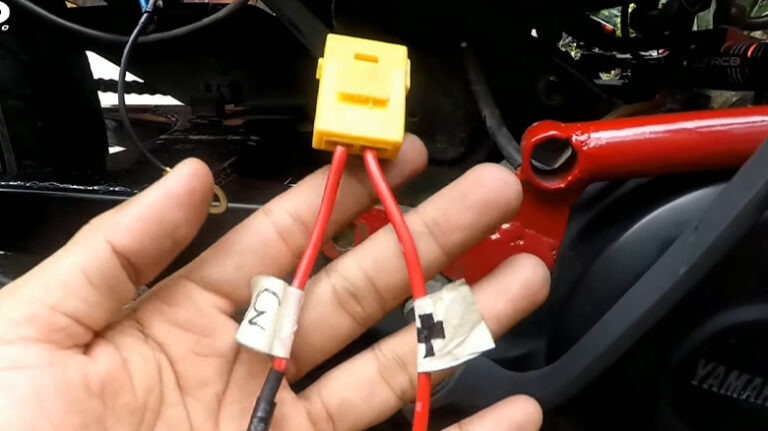Are Light Switches Grounded | Easy Explanation
Light switches that ground themselves are now frequently used as a preventative safety measure. Without a ground, it is completely OK to wire a light switch. A ground wire is necessary for dimmers but not for conventional toggle-type switches. It is not advised to leave a ground wire unconnected on any switch.
The majority of light switches are either doubly insulated or constructed of plastic. It is not necessary to ground them. A conductive metal needs to be grounded if it is used to make the light switch. You risk getting shocked. If you touch a conductive metal surround that is not grounded and has an insulation issue.

What Happens If I Don’t Ground A Light Switch?
Most likely nothing. The exposed components of most light switches are made of plastic. There is no exposed metal that could shock you. If there is a ground terminal accessible, it is still wise to ground them. Most of the switches have a screw to connect the ground wire.
If so, “nothing” is probably the best response. In the past, grounded light switches were not required by electrical codes. These days, new construction is often necessary to have them grounded for safety. But replacing an existing switch is typically not required to have them grounded. You should ground the switch. If at all workable to maximize safety. But as long as you make sure that nothing comes in contact with the switch terminals. There shouldn’t be any issues.
How Can You Tell If A Light Switch Is Grounded?
A pigtail from the joined ground wires to the grounding screw on the switch should be used to ground light switches. They are housed in plastic boxes. You can create that connection yourself. If you don’t already have it (just make sure the breaker is off and use a voltmeter to verify)
You can test your light switch ground connectivity with an ohmmeter. The method of checking is called a hot-to-box test. The 2 simple ways to check are
- EMF- You will need a tech tester and check the signal. If the switches are grounded then they will not provide the same type of EMF.
- Checking ground screws- Take the covers off and get a look inside. Check if the ground screws have ground wires connected to them.
If the metal box holding the switches is grounded. Then the light switch is also grounded. The ground wire is always secured by the green screw. That is fixed to the metal strap of the switch (this is the bare copper or green insulated wire within the circuit).
When Did Light Switches Become Grounded?
In 1918, the NEC specifically called for grounding at the building service or close to the transformer. In 1923, the code mandated grounding at each building service. Unless specifically exempted by the local inspection agency.
Since the National Electrical Code’s 1999 revision, light switches must be grounded. So, no light switch was built after the 1999 NEC. And was accepted by your local AHJ (Authority Having Jurisdiction, or, or, the building department), needs to be grounded.
The ground wiring project started in 1971 in the USA. It was under the US National Electrical Code also known as NEC.
Do You Need To Ground A Light Switch In A Plastic Box?
Electrical boxes made of plastic have advantages and disadvantages. There is no need to connect a ground wire to it as they are made of plastic. The switch is of a non-conductive substance. Switches and outlets touching the box’s side won’t cause a short.
If you do not want to replace plastic light fittings and fixtures such as switches with metal or class 1 type. Having no earth at the light fittings or switches is not a serious issue.
There are always warnings about the need to ground everything. You should follow this before you install new switches and plugs. Despite this, many people need clarification on why we ground our electrics in the first place.
Many cables are visible when a switch plate is unscrewed. In the majority of contemporary homes, one of these wires is a ground wire. The grounded light switches are now frequently utilized as a preventative safety measure.
Frequently Asked Questions
Can You Have Electricity Without Grounding Light Switches?
Electrical circuits could become dangerous or harmful. If there is no grounding because of power surges or device damage. They might harm the connected electrical devices. They might shock people close, or even cause fires. The electrical system of any construction should have grounding as a crucial safety.
What Is The Difference Between Earthing And Grounding?
The main purpose of earthing is to avoid electric shocks. The primary unbalancing of an electrical system is done by grounding. It serves an overloaded system. Earthing is located, under the earth pit, between the equipment body and underground. It utilizes between the ground and the neutral of the apparatus.
Is An Electrical Ground Switch Touchable?
You can touch the switches safely. The grounding wires are safe but if it has a leak or a power surge. You will most probably be shocked. Because there is electricity flowing through the grounding wire.
Does Touching Light Switch Ground You?
The switches are made of plastic. Plastic does not conduct electricity so, you will not get shocked. But if the switch has some leakage in its system then you might get grounded.
You will get grounded if you touch the screws of a leaked system.
Conclusion
The main purpose of grounding is to have a safe electrical system in your house, office, or any space. Ground Switch is a circuit or piece of equipment that can be linked to the ground using a grounding switch, a type of air switch. A ground wire’s function is to provide an alternate path for that extra charge, protecting us from extremely deadly electrical shocks or probable fire. When the ground cable is not wired. Because there is no other way for the charge to leave the circuit, the plug without a ground line is deadly.






